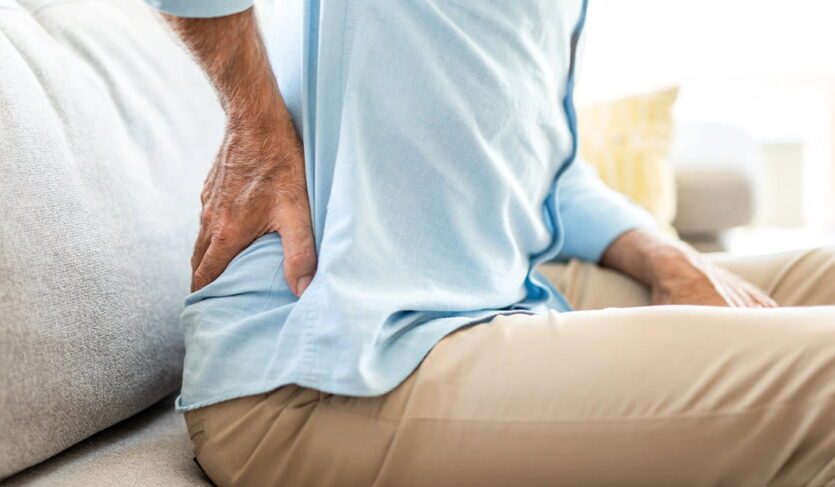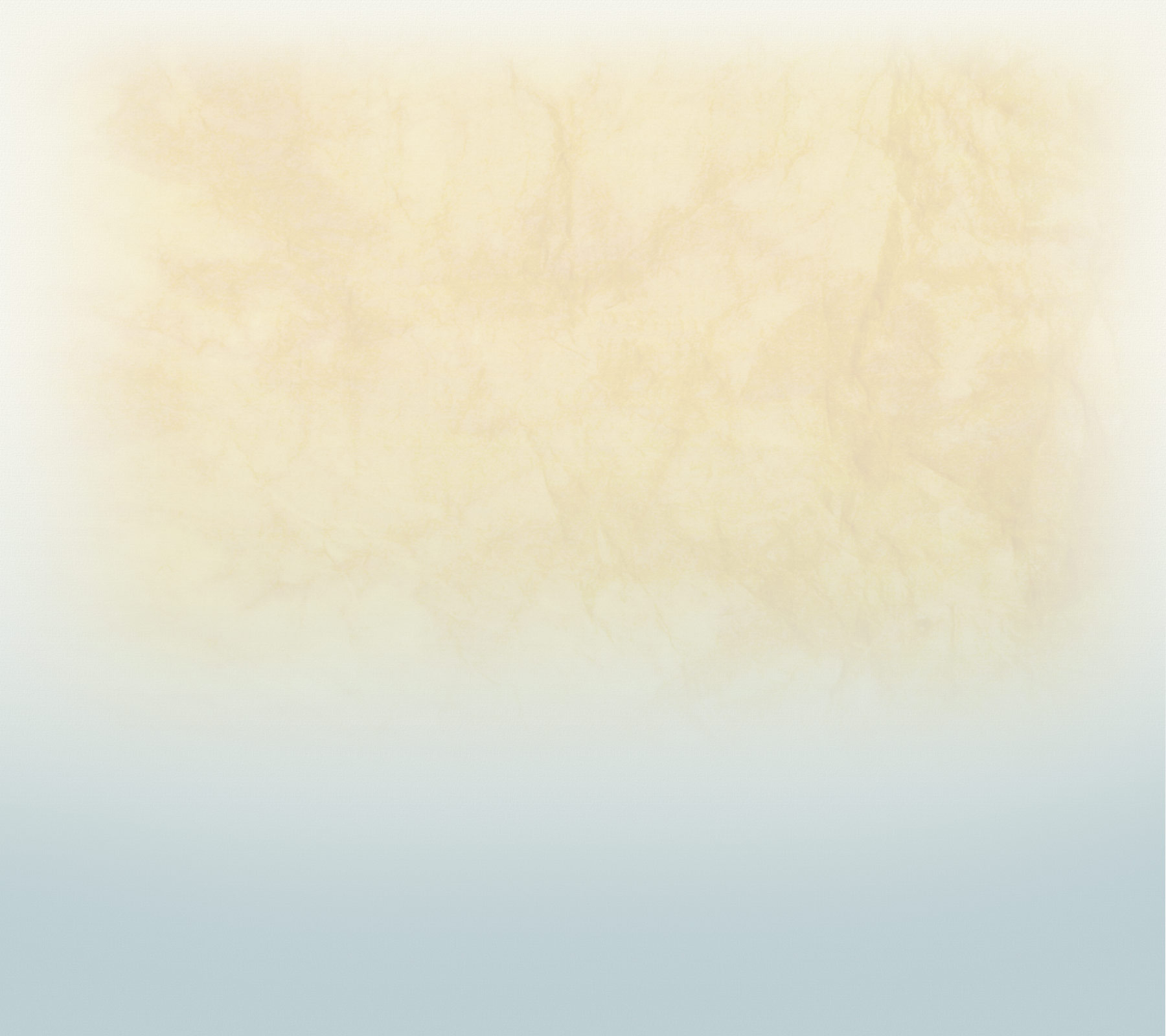|
There are 3 meridians that cover the domain of the lower back. The meridian names are Foot Tai Yang, Foot Shao Yang, and Du Mai. The meridians names describe the area of the body in which these meridians reside moving energy through the interstices. Foot Tai Yang can be translated as The Greater Yang Meridian. This meridian covers the largest territory of the posterior legs, back, and head. When the energy is flowing properly through the Tai Yang Meridian also called the Urinary Bladder Meridian the muscles of the back easily holds one upright. The Foot Shao Yang Meridian can be translated as The Lesser Yang Meridian also called the Gallbladder Meridian. This meridian covers the largest territory on the side of the legs, trunk, and head. When the energy is flowing properly through the Shao Yang Meridian there is balance between movement and muscle tone in the front and back of the body. The subtle shift of the transfer of movement from front to back is responsible for balance, coordination, and the dynamic range of motion that is possible with the body. The Du Mai can be translated as the Governing Vessel. The energy of the Du Mai travels from the tailbone up the midline of the spine, posterior head and ends in a cleft above the upper teeth. Like the Foot Tai Yang Meridian, the Du Mai energy keeps the spine long and upright. Injury and time are two common factors that have the most dramatic impact on the regulation of energy in these 3 Yang meridians and thus movement in the lower back and spine. Injuries can cause a temporary or persistent obstruction in the energy flow through these meridians. Massage, cupping, heat, gua sha, moxibustion and acupuncture are all a part of the arsenal of therapies that can help restore the normal movement of energy through the meridians. Finding the right combination, frequency, and tempo of home exercises enhances the restored flow of energy that is achieved with these therapies. The upright energy of these meridians is also challenged by time. As aging progresses the yang energy that is used to keep the body upright is subverted to other needs of the body. The force of gravity compresses the spine and contributes to the loss of the supple and flexible capacity of the spine. This in turn hinders movement which further degrades the proper movement of energy through these Yang Meridians. Acupuncture and adjunct therapies can restore the proper flow of energy, relieving pain and enhancing mobility. When mobility has been significantly compromised over time or when injury has restricted movement water can be an invaluable medium for restoring movement. Moving in water provides both support and resistance. The support can allow for movement that is too painful to achieve without it. The gentle resistance of the water provides the challenge that is needed by the muscles for them to gain tone and further support movement when out of the water. Simply walking in the water can lead to less frequent and less intense episodes of pain when recovering from lower back pain that has significantly compromised mobility. Acupuncture and its complementary therapies provide quick and progressive relief when the lower back has been compromised and pain is restricting movement. Acupuncture and its relief of lower back pain has become widely recognized, researched, and experienced. Acupuncture is gradually becoming part of the standard care for managing lower back pain. Every therapy, diagnostic image, and home care regimen has its role in understanding how to recover from episodes of lower back pain. Acupuncture’s excellence in regulating the Yang meridians of the lower back is indispensable in relieving pain and enhancing mobility. When the pain levels are subdued or eliminated, finding the right stretching and strengthening regimens can make episodes of chronic lower back less and less frequent. |
0

The 3 Yang Meridians of the Low Back
Give a Reply

